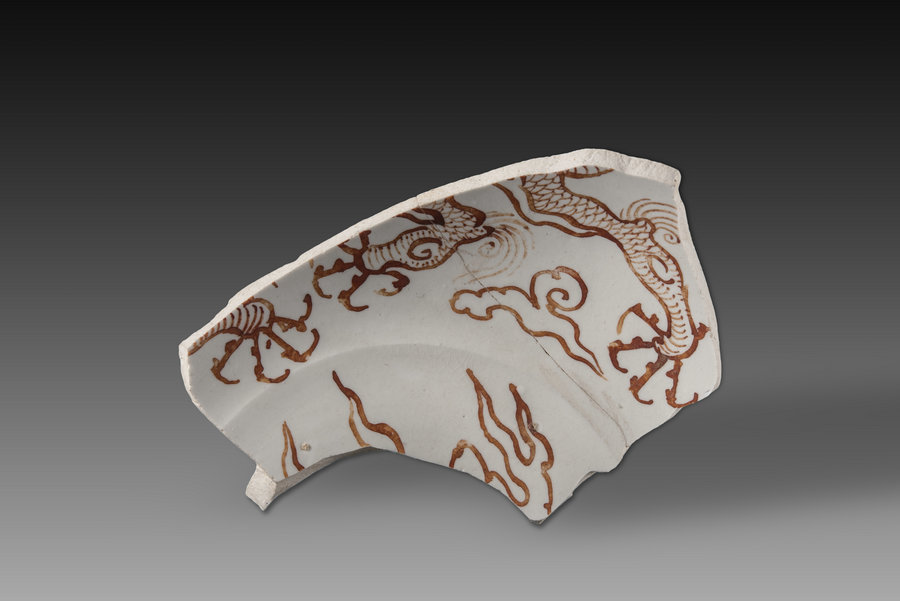

The Song Dynasty (960-1279) is always referred to as the golden age of Chinese ceramics. During this period, the degree of specialization at the different kiln sites increased and the demand for particular wares began to rise among specific social classes.
This is especially evident in the existence of the famous "five kilns": the Ru (Henan province), Guan (Zhejiang province), Ge (Zhejiang province), Jun (Henan province) and Ding (Hebei province).
While it had been widely believed that North China did not produce white porcelain wares when the Jin Dynasty ended, the discovery of the Huozhou kilns site in Chencun showed that white porcelain was fired in North China until the Ming Dynasty.
"Shanxi is rich in quality clay and coal for firing porcelain," Liu said. "Surrounded by famous porcelain-making regions such as Hebei, Henan and Shaanxi, Shanxi also grew into a ceramic production powerhouse. Its porcelain production developed quickly in the Song and Yuan dynasties."